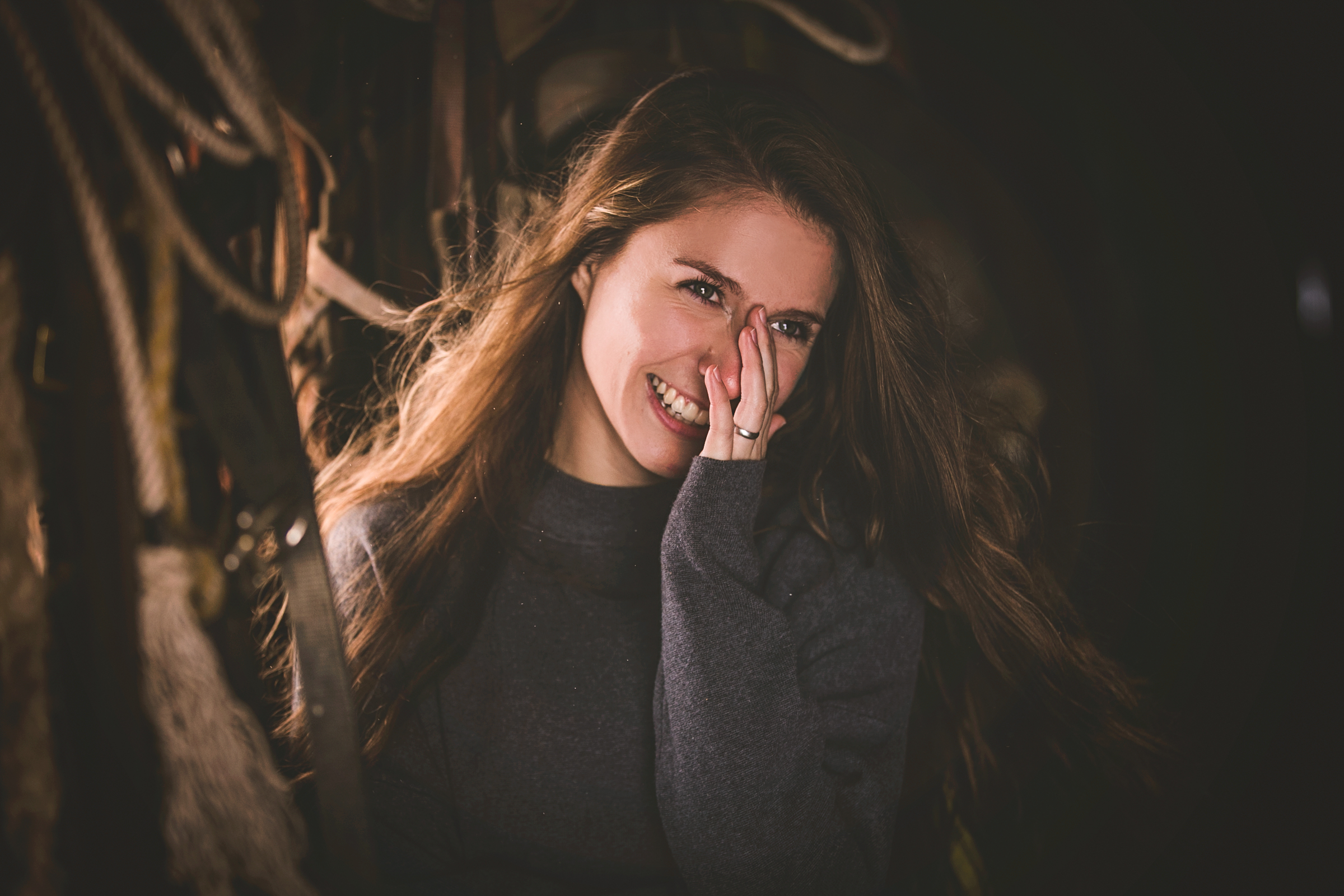Mastering Window Light: Essential Photography Tips for Stunning Natural Shots
Natural light is a powerful tool in photography, and one of the most accessible sources is window light. Understanding how to harness this light can elevate your images, whether you’re capturing portraits, still lifes, or other subjects. In this guide, we’ll explore techniques to make the most of window light for your photography.
1. Positioning Your Subject
The placement of your subject relative to the window significantly impacts the mood and quality of your photograph.
- Side Lighting: Positioning your subject to the side of the window creates shadows and depth, adding dimension to your images.
- Backlighting: Placing your subject with the window behind them can produce a soft, ethereal glow, ideal for dreamy portraits.
- Front Lighting: Facing your subject toward the window provides even illumination, reducing shadows and highlighting details.
2. Modifying the Light
Controlling the intensity and quality of window light can be achieved through simple modifications.
- Sheer Curtains: Draping sheer curtains over the window diffuses harsh sunlight, creating a soft, flattering light perfect for portraits.
- Reflectors: Using a reflector opposite the window can bounce light back onto the subject, filling in shadows and balancing the exposure.
3. Timing is Key
The direction and quality of window light change throughout the day.
- Morning Light: Offers a cool, soft illumination, ideal for fresh and clean aesthetics.
- Afternoon Light: Provides warmer tones with more pronounced shadows, adding drama to your shots.
- Golden Hour: Shortly before sunset, the light becomes golden and soft, imparting a warm glow to your images.
4. Camera Settings for Window Light Photography
Adjusting your camera settings is crucial to effectively capture natural window light.
- ISO: Keep your ISO low (e.g., 100-400) to maintain image quality and reduce noise.
- Aperture: A wider aperture (e.g., f/2.8 – f/4) allows more light to enter, creating a shallow depth of field and a pleasing background blur.
- Shutter Speed: Ensure your shutter speed is fast enough to prevent motion blur, especially in handheld shots.
5. White Balance Considerations
Natural light can vary in color temperature. Setting your white balance appropriately ensures accurate color representation.
- Auto White Balance (AWB): Suitable for most situations, as modern cameras adjust well to changing light conditions.
- Custom White Balance: For precise control, set a custom white balance using a gray card to match the specific lighting scenario.
6. Creative Techniques
Experimenting with window light can lead to unique and compelling images.
- Silhouettes: Place your subject between the window and the camera, exposing for the bright background to create striking silhouettes.
- Reflections: Utilize reflective surfaces near the window to add depth and interest to your composition.
- Shadows: Incorporate window frames or blinds to cast creative shadows on your subject.
By mastering these window light photography techniques, you can create stunning natural shots that capture the beauty and nuance of your subjects. Remember to experiment with different positions, modifications, and settings to discover what works best for your creative vision.
For a visual demonstration and additional insights, watch the full video below:
Master Window Light: Photography Tips for Stunning Natural Shots
Happy shooting!

+ show Comments
- Hide Comments
add a comment